Every year they bring a new list of trends, but this year, more than in all others, we all hope for news of what our new normal will be like.

The crisis due to the COVID-19 pandemic has transformed our lives and forced us to think about new ways of working, learning and living well. It may seem superficial that we think about the future of luxury and spending, but we have to take into account that this pandemic has completely changed consumer behavior and the luxury industry is one of the first to suffer a blow, even though it is also one of the most resistant.
Consumer sentiment in both the US and the EU will remain fragile until a vaccine is fully available and is really effective. If this happens, we can expect a rapid recovery from luxury travel, hospitality and entertainment.
Taking into account a long-term transformation plan and not passing trends, taking into account this situation, it is preferable to highlight two large sets of trends that will shape the luxury industry in 2021:
1. Business responses first: rapidly changing consumer behaviors and expectations;
2. Systemic macro trends: underlying macro trends that we have seen in recent years;
Business responses first
In view of today, many of the major luxury brands have become sympathetic and some have not only offered financial contributions to hospitals and associations, but have also converted their production sites into places to produce disinfectants, masks, among others. Brands will also continue to respond immediately to their customers’ needs.
Home Sweet Hub
Luxury brands have started and will continue to launch new forms of casual options and day-to-day luxuries such as the Parachute brand having created a line of sportswear, or the Tata Harper brand that prepared luxury and spa kits of experimental sizes for home. They will also change their marketing strategies to suit the new lifestyles of consumers who now have a more homely mindset.
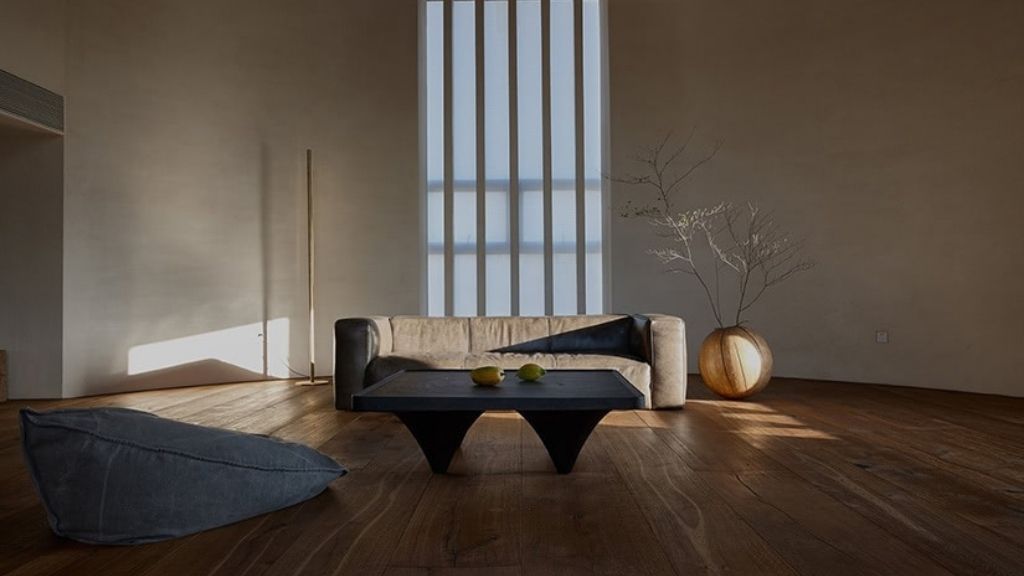
The pandemic caused the search for more comfortable and comforting areas to skyrocket and expand. To tackle this mentality, Burberry created a section dedicated to “Home comfort” and Ted Baker has been defending the hashtag #StayHomeWithTed.
Core convenience
Brands from Lancôme to MAC, from Chanel to bareMinerals, are all showing that they can offer quick responses to this situation and in terms of offering comfort and ease to their consumers, they have offered the possibility of virtual testing of products through their websites.
The footwear brand KOIO launched a “Test at home” option prominently displayed on its website that gives customers 30 days to decide whether to keep their sneakers or return them at no extra cost.
Systemic macro trends
Despite all the uncertainties, it is expected that next year luxury will be shaped by the acceleration of macro trends, which are constantly moving forces that are leading to the transition to a new luxury paradigm.
In Europe and the United States, uncertainty is still high and may remain so until 2021. On the other hand, in Asia, we see a more encouraging recovery from the point of view of both public health and fiscal policy.
Yin and young
Generation Y and Z lead a majority of luxury sales, they are the new generation of consumers with new needs, new behaviors and lifestyles, which becomes a necessity for luxury brands to understand how to relate and conquer this new generation.
This new generation is made up of digital natives looking for overly sophisticated digital experiences, which leads us to think of the millions that Apple spends on the user experience. To be aware of this new generation, luxury brands need to adapt their approach to communicate in the same language as they do and to offer them digital experiences superior to those that already exist (being still far from that).
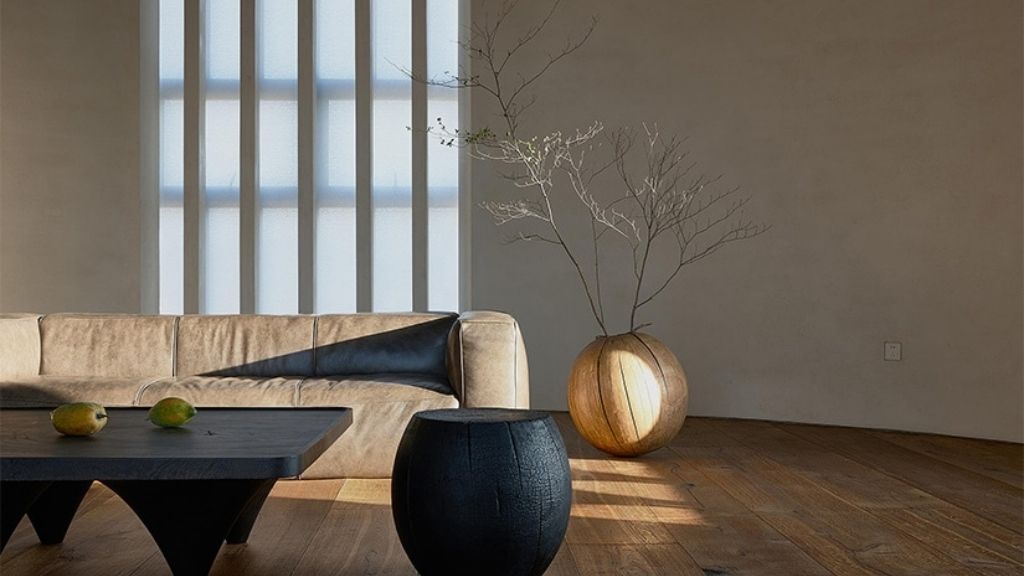
Asia will continue to lead as the main driver of global luxury growth, as the United States and Europe continue to suffer from financial uncertainty. China can now emerge once again as the land promised for the growth of luxury.
Asian luxury consumers, particularly Chinese, are among the most digitally active worldwide. Chinese sellers are also very accustomed to social selling through WeChat. As they have this very advanced digital infrastructure, familiarity with digital shopping environments and omnichannel shopping will be an example to follow and will make brands look to the East.
You-niverse digital
Many of the luxury brands took a long time to adopt digital channels, but take into account the times in which we live and with more and more people entering the world of online shopping, the brands had no other choice. In recent times, there has been a great digital transformation that has not been seen for some time, and the processes are increasingly accelerated and growing.
With the end of the pandemic we will certainly return to a greater balance in favor of offline shopping, however we hope that people will continue to be willing to buy all kinds of items online.
The joint billion-dollar investment of Alibaba and the Swiss luxury group Richemont in Farfetch, announced in November 2020, underscored a strong reality that is the importance of digital technology for the advancement of the luxury industry. Another example: Yoox Net-a-Porter (YNAP) expanded its digital support for luxury brands in 2020, announcing partnerships with brands like Armani and Montblanc and offering not only the opportunity to leverage their online technologies, but also the opportunity to further increase omnichannel services.

No matter the digital channel, however, luxury brands will need to offer first-class online experiences that look exclusive and tailored with more personalized services.
Privacy Paradox
Respect for data privacy is still partly unresolved, since brands are still in the initial phase of being driven to use their customers’ valuable data to improve their experience. As such, clear and transparent privacy policies remain a work in progress, without customers knowing how their personal information is being used by brands.
In 2021, consumers increasingly expect customizations and benefits in exchange for giving up some level of privacy.
In September 2020, British fashion house Burberry broadcast its Spring / Summer 2021 show on Twitch – becoming the first to broadcast a fashion show live on this Amazon-owned live video streaming service.
Live shopping is increasingly gaining popularity on a global scale.
Objective is the new product
Luxury brands inherently have more quality, this excellence is achieved and therefore, in addition to a high quality product, brands also have to offer objective actions and build a sense of a united community in order to win consumer confidence.
Sustainability as a status symbol
In June 2020, Gucci launched its first circularity experiment, Gucci Off the Grid, a line of accessories and streetwear made from recycled, organic, biological and sustainable materials.

Luxury consumers continue to become more environmentally and socially conscious, so becoming more diverse, more inclusive and more sustainable and ethical will not be negotiable – Even in Asia, where the status symbol and social capital are still traditional motivations for buying luxury for many early luxury buyers.
Luxury has been flirting with sustainability for years. However, growing environmental, social and governance concerns will put sustainable luxury industry efforts under greater scrutiny – reinforcing the need for luxury brands to become more reliable, providing more transparent information about their processes and products.
Resale resale
We will continue to see the resale adopted by more established luxury brands, and its formalization will not only happen online, but also in stores
Following in the footsteps of Burberry and Stella McCartney, Gucci announced a partnership with reseller The RealReal in October 2020, suggesting that the relationship between the primary and secondary luxury markets should continue to grow in 2021.
Local luxuries
The current pandemic has brought back a strong sense of local community. That said, we can expect a reasonable increase in consumer preference for products made locally to support the economy. Luxury brands may perform well if they take this local awareness into account.
Well-being as wealth
The uncertain times brought about by COVID-19 in 2020 have boosted the wellness movement, as affluent consumers realize that wellness is true wealth.
For luxury brands, this means adapting their products and services to accommodate the growing welfare considerations of their affluent consumers looking for convenience. Nor can they forget to adapt their marketing strategies to what is asked by consumers.

Consolidation constellation vs flying star
The crisis that has arisen due to the pandemic represents an existential threat for luxury brands.
On the other hand, digital adoption has enabled the emergence and growth of new brands, new concepts and new nuances of luxury. The rise of these new direct-to-consumer brands means more competition for luxury consumer spending (for brands) and access to virtually infinite luxury alternatives (for consumers).
That said, next year, the consolidation of the luxury market will certainly intensify as soon as the crisis times end, leading to an increasing polarization between luxury groups and the rising stars of the luxury world.
The coming year will require luxury brands to evolve and find ways to adapt to social changes, they will need to innovate and revise the traditional luxury manual.

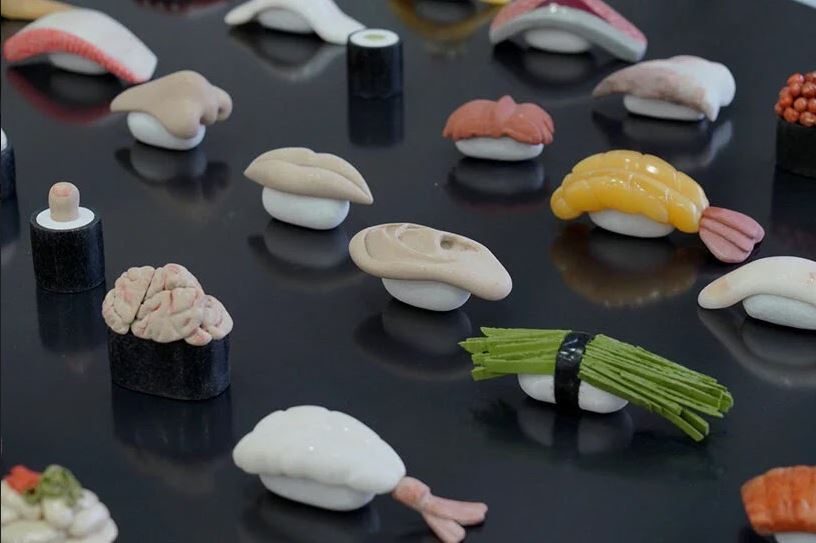
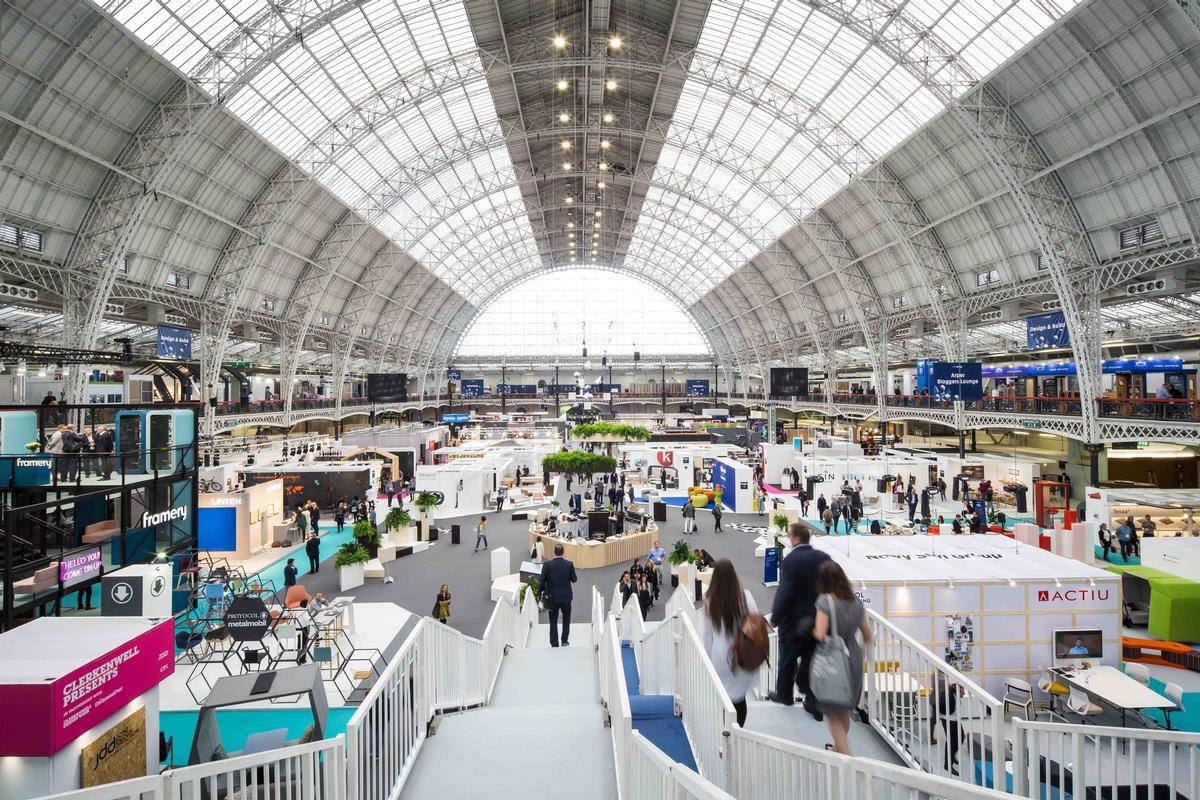
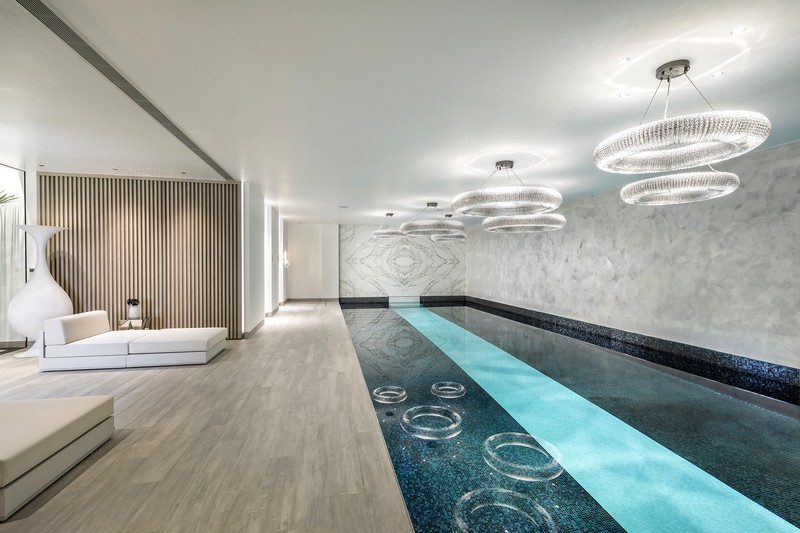
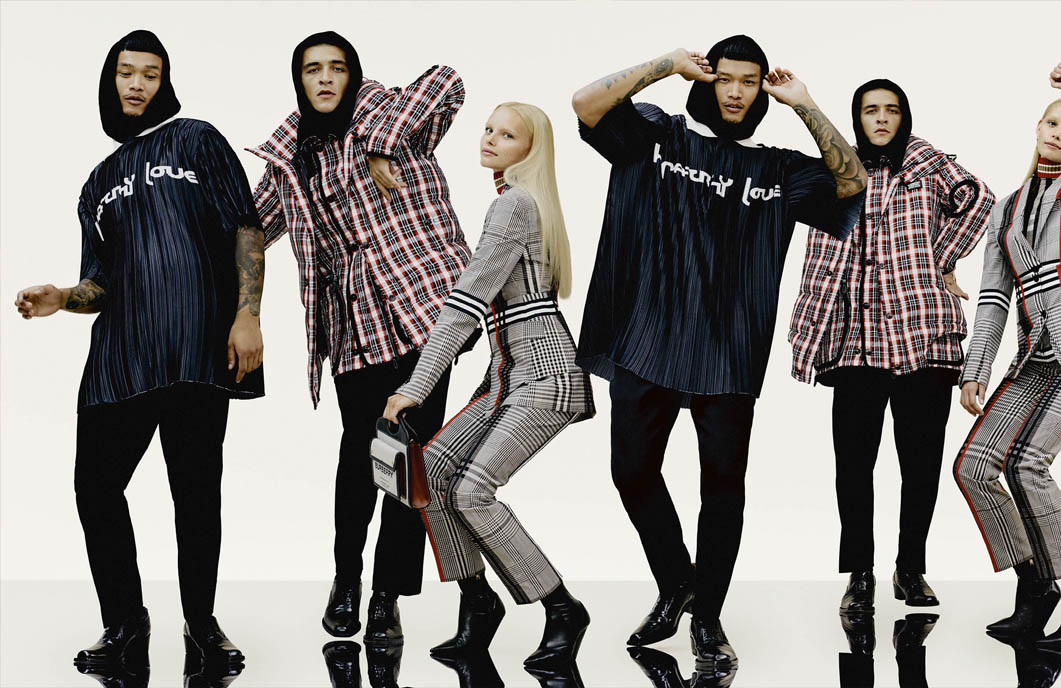
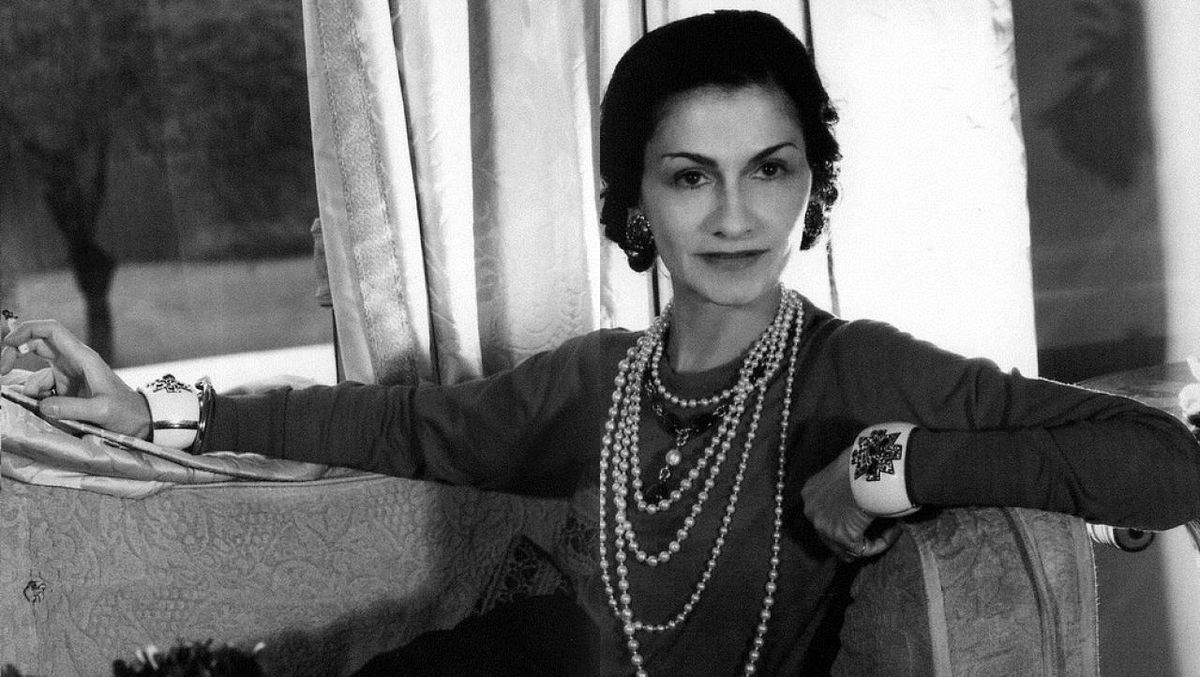

One Response
Great post.Much thanks again.